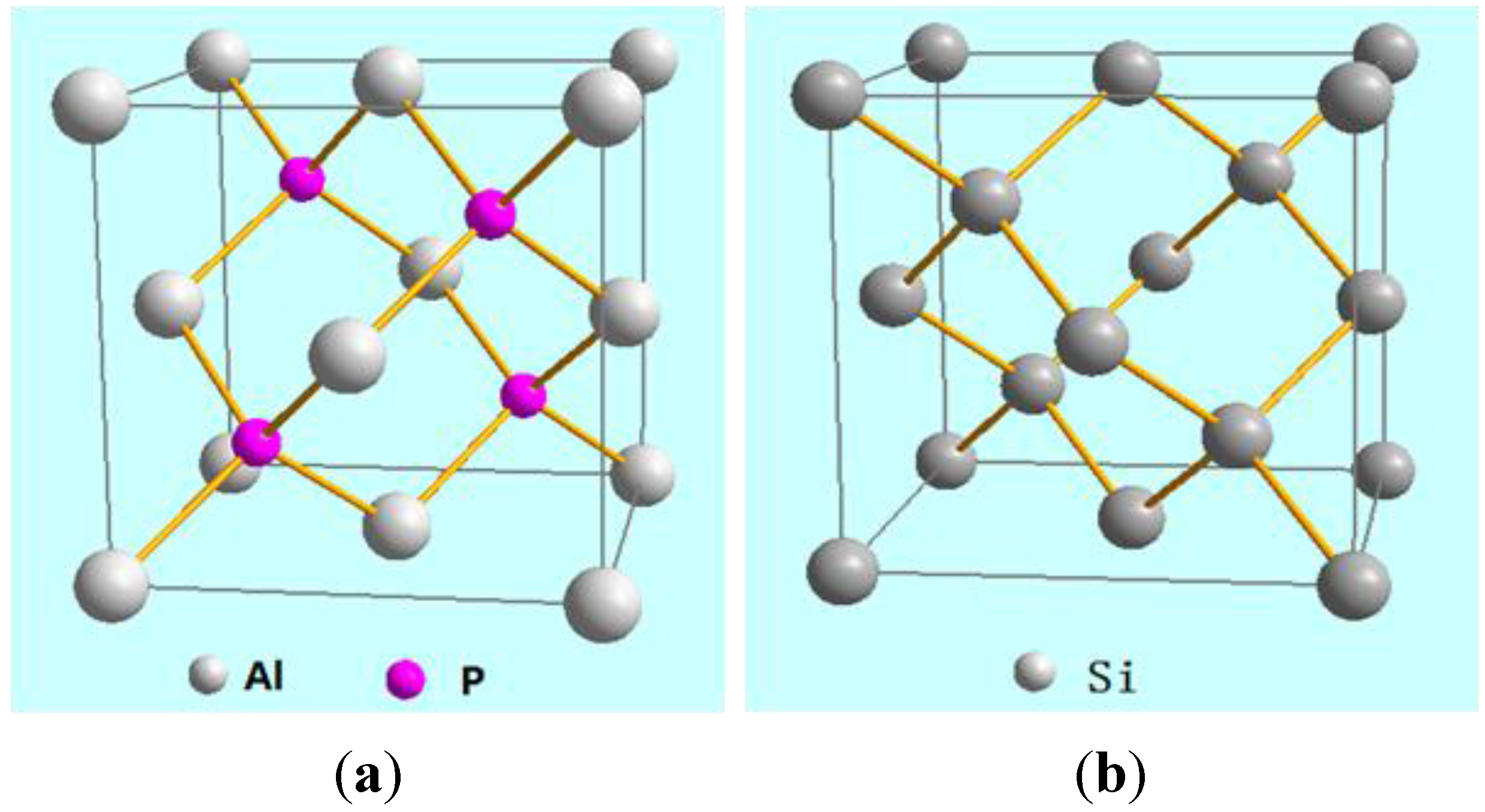

The bandwidth of the amplifier is sufficient that it obviates the need for a sweepable magnetic field, once set, for all commonly used radicals. The EIK is very compact and easily incorporated into an existing spectrometer. Its performance is demonstrated for a biomolecule (bacteriorhodopsin), a pharmaceutical, and surface functionalised silica. We nonetheless outline how a qualitative comparison of the modulation curves can provide valuable information on disordered networks, possibly also pertaining to dynamic effects therein.Ī Dynamic Nuclear Polarisation (DNP) enhanced solid-state Magic Angle Spinning (MAS) NMR spectrometer which uses a 187 GHz (corresponding to 1H NMR frequency of 284 MHz) Extended Interaction Klystron (EIK) amplifier as the microwave source is briefly described. For mid-chain units, the presence of both direct and relayed damping makes both REINE and spin-echo modulations impossible to interpret quantitatively. Damping also occurs when the observed spin is bonded to a strongly-coupled pair.
Magnesium for crystalviewer free#
REINE modulations are shown to be free of the damping that occurs for spin-echo modulations when the observed spin has the same isotropic chemical shift as its neighbour. Analytical models are developed for the different modulation regimes, which are shown to be distinguishable in practice using Akaike’s information criterion.

In the context of improving J coupling measurements in disordered solids, strong coupling effects have been investigated in the spin-echo and refocused INADEQUATE spin-echo (REINE) modulations of three- and four-spin systems under magic-angle-spinning (MAS), using density matrix simulations and solid-state NMR experiments on a cadmium phosphate glass. By comparison, there is excellent agreement (within 0.2 ppm) for the quaternary ring carbon 13C resonance directly bonded to the ring nitrogen for the salt and cocrystal of a salt formed by 2,6-lutidinium and 2,5-lutidinium, respectively. For the cocrystals of a salt and a salt formed by 2-amino-5-methylpyridinium and 2-amino-6-methylpyridinium ions, a large discrepancy of 4.2 and 5.9 ppm between experiment and GIPAW calculation is observed for the quaternary ring carbon 13C resonance that is directly bonded to two nitrogens (in the ring and in the amino group). Considering the high ppm (>10 ppm) 1H resonances, while there is good agreement (within 0.4 ppm) between experiment and GIPAW calculation for the hydrogen-bonded NH moieties, the hydrogen-bonded fumaric acid OH resonances are 1.2–1.9 ppm higher in GIPAW calculation as compared to experiment. Experimental one-dimensional one-pulse 1H and 13C cross-polarisation (CP) magic-angle spinning (MAS) nuclear magnetic resonance (NMR) and two-dimensional 14N– 1H heteronuclear multiple-quantum coherence MAS NMR spectra are compared with gauge-including projector augmented wave (GIPAW) calculations of the 1H and 13C chemical shifts and the 14N shifts that additionally depend on the quadrupolar interaction. An NMR crystallography analysis is presented for four solid-state structures of pyridine fumarates and their cocrystals, using crystal structures deposited in the Cambridge Crystallographic Data Centre, CCDC.


 0 kommentar(er)
0 kommentar(er)
